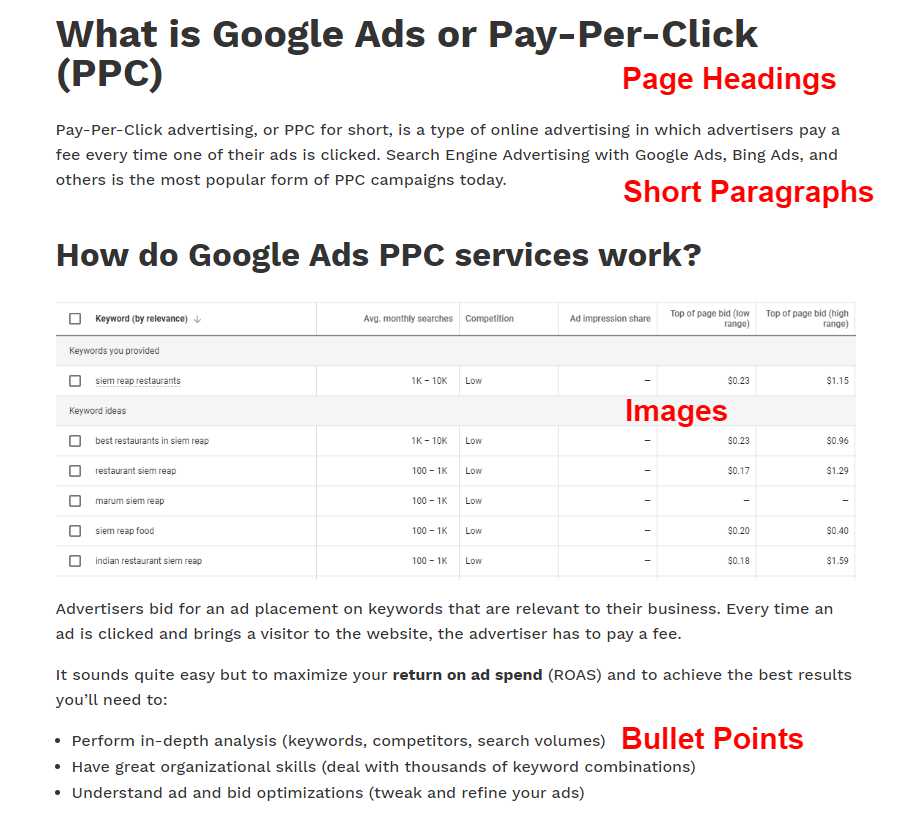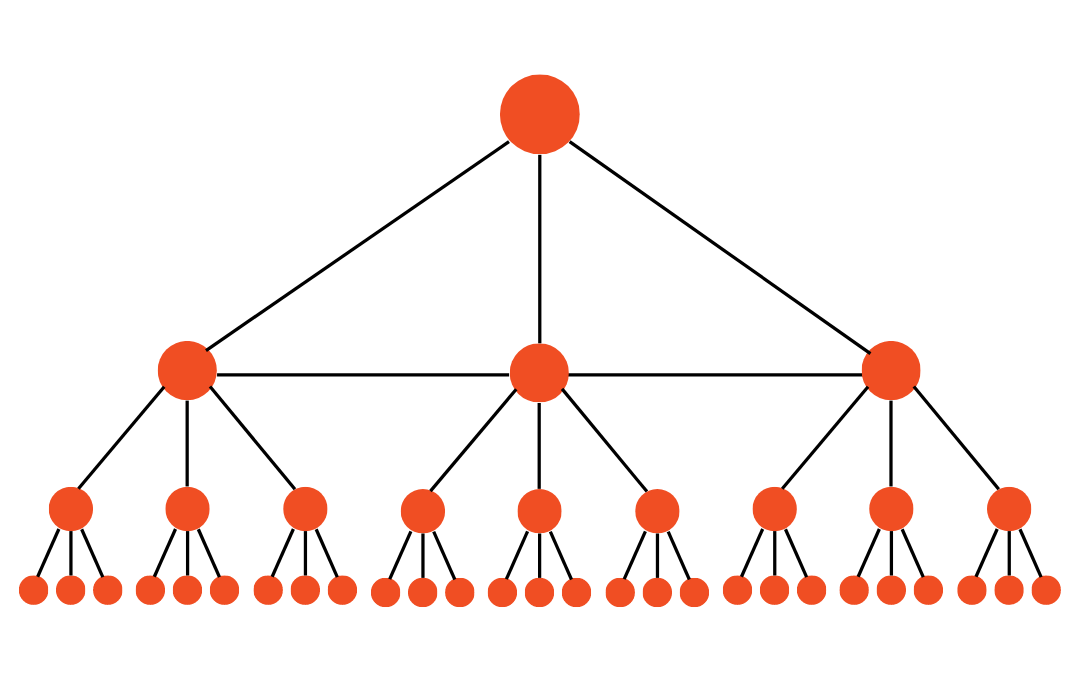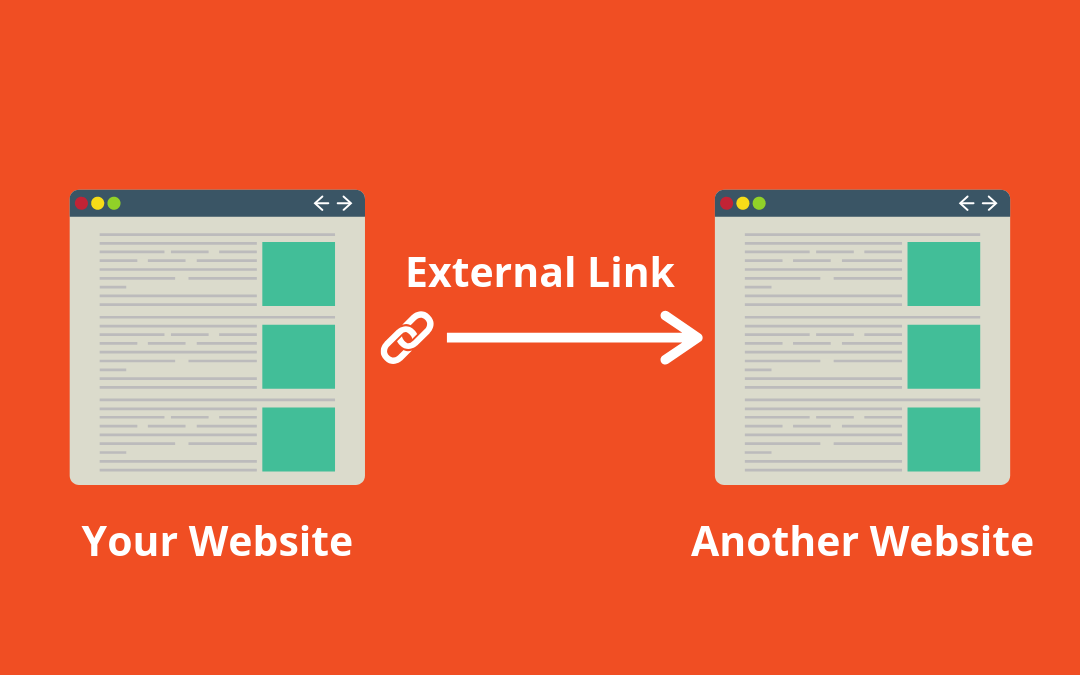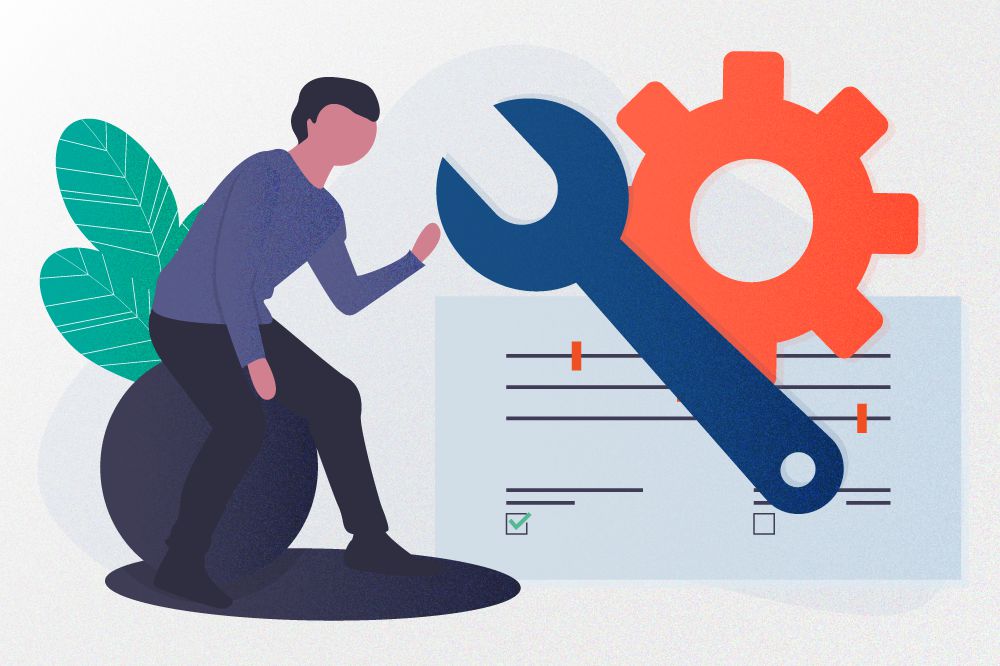You read online that content is king.
So you put your head down and began writing content that your audience would love. You poured your heart out and spent hours, maybe even days on your work.
The result: crickets.
On-Page SEO is one tiny part of search engine marketing and the first step to getting your content found online.
The general idea is to create content that both readers and search engines love.
Thankfully, search engines have been getting smarter over the years. In the past, spammy practices like keyword stuffing would trick search engines into ranking pages higher but would offer terrible experiences for users. This will get you nowhere today.
Write for your audience, not for Google.
The following guidelines were developed primarily with blog posts in mind. They’re also valuable for any top-level pages you create, however, we recommend diving even deeper seo-wise on those.
Our On-Page SEO Checklist is separated into three sections for easy reading:
- Page Meta Tags
- Page Content
- Links
Keep this in mind about On-Page SEO
Keyword Research Comes First. You can’t optimize your on-page seo if you don’t know what you’re attempting to rank for!
Solve Any Technical Issues. Messed up site structure, redirect loops, client and server errors, and super slow loading times are just some of the technical issues that will hold your website back, even with perfect on-page seo.
80% of SEO Is Links. Links to your website are votes in authority and grow your reputation in search engines. Off-page seo is important and requires its own strategy. Your site structure and how pages interlink is crucial.
Understand Searcher Intent. Create content that completely satisfies a searcher’s query. This is why it’s useful to develop a content strategy rather than simply publishing random blog posts.
If you can answer yes to all the questions on our On-Page SEO Checklist then you’re guaranteeing the best results from your blog posts.
Section 1: Page Meta Tags

Think about your Page Meta information (title, description, and url) as if it was a Google Ad. Make your titles compelling and clickable. Use pretty permalinks, not complicated and long urls. Have your description speak to your audience and include a call to action.
Page Title
- Is your SEO Title around 60 characters or less?
- Is your Primary Keyword at the front of your SEO Title?
- Is your Brand Name in your SEO Title?
— Including your Brand Name will grow your brand recognition. It’s not always necessary but we recommend including your brand name on your important pages. - Can you add modifiers to your SEO Title?
— Add in extras like ‘Best’, ‘2019’, or ‘Watch Live’. This creates longtail versions of your keywords and also attracts attention.
URL
- How long is your URL?
— Short URLs look better than long ones and are more memorable. - Are your Keywords in the URL?
Meta Description
- Is your Meta Description around 160 characters or less?
- Are your Keywords at the front of your Meta Description?
- Do you have a Call To Action?
Section 2: Page Content

Once searchers click through to your website from a search engine, your goal is to keep them there. If your content is well-designed, it will guide users towards your intended goal while also providing the information they’re looking for. Most readers will quickly scan a page before actually deciding to read it. Use clear headings, lists, and bullet points to make your text easy-to-read!
Page Headings
- Is your H1 Heading different from your SEO Title?
— Your H1 Heading should contain keywords but it should not be an exact copy of your SEO Title. - Do you have multiple H1’s on your page?
— Make sure you only have one H1 per page or post! - Do your Page Headings contain Keywords?
- Are your Page Headings following a Hierarchy?
— Headings need to follow a clear hierarchy. Divide your main thoughts by H2 Headings. A sub-thought of one of those main thoughts would be an H3 Heading and so on. - Is your Page Content 100% unique?
— Do not publish plagiarized content. Google and other search engines see this as duplicate content and will penalize your website! - Do you have your Primary Keyword at the beginning of your text?
- Do your Keywords appear naturally in your text?
— Do not keyword stuff your text. Your content should be optimized but not overoptimized. Use LSI keywords: synonyms and terms with a high degree of correlation to your Keywords. - Is your content well-written and grammatically correct?
— Hire a professional writer/editor or use tools like Grammarly and the Hemmingway Editor to help you improve. - Does your intro hook readers?
- Is your Page Content long enough?
— The longer the better, only if it’s relevant. Longer content usually ranks better but it also depends on your niche. Take a look at your top competitors. Read their content, understand their keywords, determine the length and quality of their content. Then outperform them. - Is your page scannable?
— Make your content easy-to-read so users can quickly get the big picture. This entails the proper use of headings, short paragraphs, bullets, and lists. - Are you serving the correct sized images?
— Compress and resize images to their optimal format to keep page size and page load times low. - Do your Images have Keywords in the Title?
— Place your keywords in the title. - Do your Images have Keywords in the Alt-Text?
— Place your keywords in your alt-text. - Can you apply Lazy Loading to your Images?
- Are you Linking to relevant pages or posts on your website?
— I’m assuming you’re following a silo structure for your website. - Do you have Links pointing to the content you’re about to publish?
— When you don’t have links to your content, it’s known as Orphaned Content. Orphaned Content is hard for searchers and search engines to find! - Are you using optimized Anchor Text?
— Link to Internal Pages with keywords you want that page to rank for. For example, maybe you should link to your hotel’s home page with the following anchor text: ‘hotel in Siem Reap’. - Are you Linking to other websites with Keywords you’re trying to rank for? Do Not Do That!
- Do External Links open in a new tab?
— Keep people on your page by making all external links open in a new tab. Add this into your link:target="_blank” - Are your External Links Nofollow?
— Make external links nofollow links with this:rel="nofollow”
Page Content
Images
Section 3: Page Links
Interlinking

External Linking

And that’s it for our On-Page SEO Checklist! Leave a comment below if you have any questions.
Get in touch today if you need our help improving your search engine optimization and growing your organic traffic.

